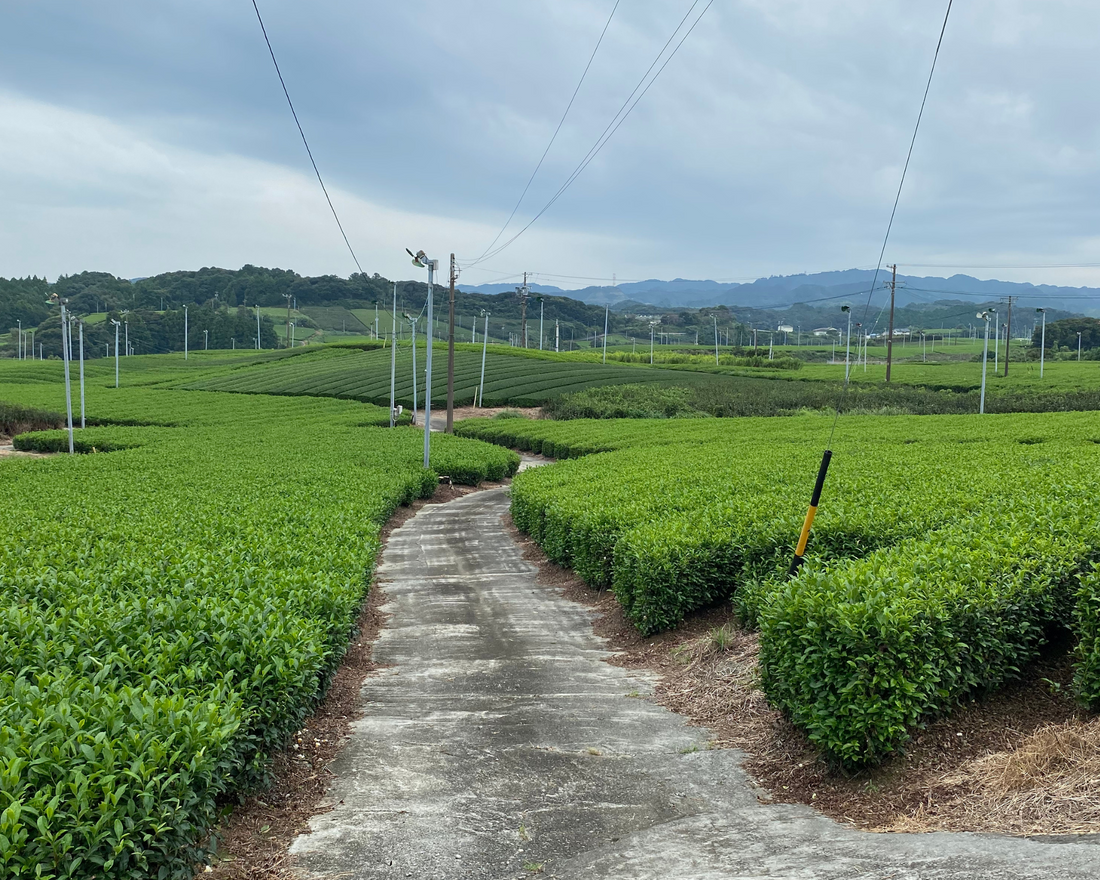
Japanese Matcha tea
With the trip to Japan but a distant memory, it's time to reminisce and share what wonderful experiences we had while there.
Matcha Tea Farm

Matcha Tea Farm Located in the Kakegawa area, a wide river valley framed by forested mountains that descend into gentle hills. The mineral-rich soil and rainwater from the foothills of Mount Fuji create ideal growing conditions that give Matcha tea its famous balance of sweetness and umami. The owners of the farm, like all Japanese people, were extremely helpful and kind, they explained the entire cultivation process.

The subtleties of growing matcha tea
Growing matcha green tea is not only a complex process, but also an art. To protect the taste, caffeine and chlorophyll content of the tea, tea plants must grow in the shade. In order to protect the tea leaves from direct sunlight, they are covered with rice straws or mats of bamboo sticks. This process starts 6 weeks before the matcha tea is harvested. The harvesting process in Japan usually takes place in May. During this time, the tea leaves are carefully picked to maintain the quality, taste, aroma and freshness of the tea.
Picked tea leaves go through the entire production process: steaming, cooling, sorting and drying. Finally, the tea leaves are ground into a fine powder. This process is done using huge granite stones that slowly rotate and rub against each other.
The process of growing and producing Japanese matcha green tea is a long and complex process that requires precision, and missed steps can affect taste, color, nutritional value and quality. Each step is essential to create the umami flavor and bright green color.
Japan, its culture, people will remain in our memory for a long time!

In Japan, we fell in love with the people, the food, but most of all, the culture, including the traditional Japanese tea ceremony, which has been cherished in Japan for over five hundred years.
